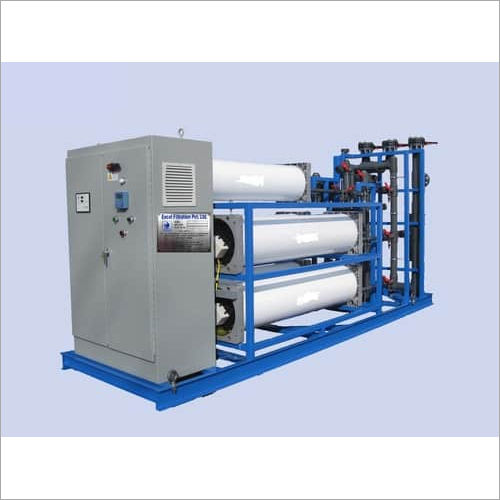- Home Page
- Company Profile
-
Our Products
- Reverse Osmosis Plant
- Jar Washing and Filling Machines
- Mineral Water Plant
- Bottle Filling Machine
- Soda Soft Drink Plant
- Water Softening Plant
- Demineralization Plants
- EDI / Electrodeionization Process Plant
- Ultra Filtration System
- Pet Blow Moulding Machine
- BOPP Labelling Machine
- Bulk Shrink Machine
- Effluent Water Treatment Plant
- UV / Ultraviolet Disinfection System
- Swimming Pool Filtration Plant
- Pressure Booster System
- ISI/BIS Laboratory
- Sewage Treatment Plant
- Batch Coding Machine
- Glass Filling Machine
- Mixed Bed System
- Water Chiller
- Mixed Bed Deionizer
- Soda Filling Machine For Pet Bottle
- Mineral Water Filling Machines
- Bulk Shrink Wrapping Machine
- Swimming Pool Sand Filtration System
- UV Disinfection System
- More Info
- Contact Us

Electrodeionization Process
Product Details:
- Water Source Ground Water
- Voltage 220V/50Hz Watt (w)
- Automatic Grade Full Automatic
- Drive Type Electric
- Power Source Electric
- Click to view more
X
Electrodeionization Process Price And Quantity
- 1 Unit
Electrodeionization Process Product Specifications
- 220V/50Hz Watt (w)
- Full Automatic
- Ground Water
- Electric
- Electric
Electrodeionization Process Trade Information
- 30 Days
Product Description
Tell us about your requirement

Price:
Quantity
Select Unit
- 50
- 100
- 200
- 250
- 500
- 1000+
Additional detail
Mobile number
Email

 English
English Spanish
Spanish French
French German
German Italian
Italian Chinese (Simplified)
Chinese (Simplified) Japanese
Japanese Korean
Korean Arabic
Arabic Portuguese
Portuguese


